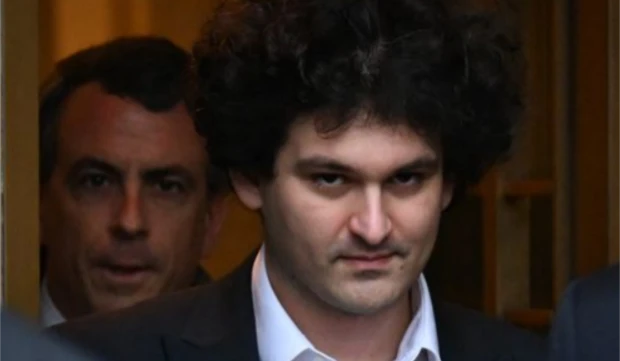Sam Bankman-Fried is charged with charges totaling up to 115 years in prison. He is responsible for FTX, a cryptographic house that has lost millions of dollars from its investors.
Sam Bankman-Fried devised “a back door” to filter the funds of his thousands of investors in FTX and be able to use it without permission from clients.
This was stated by the cryptocurrency market lawyer himself, Andrew Dietderich, before the Delaware bankruptcy court. The amount of this “credit line” was 65 billion dollars.
This is how SBF acted
According to the lawyer, Sam Bankman-Fried asked Gary Wang, co-founder of the platform, to add a “secret door” to be able to withdraw money to Alameda Research, a company that is part of the young entrepreneur’s conglomerate.
“Wang created this back door by inserting a single number into millions of lines of code for the exchange, creating a line of credit from FTX to Alameda, to which customers did not consent,” Dietderich testified.
Bankman-Fried had moved $10 billion between the two companies, and another $2 billion has yet to be accounted for, sources told Reuters in November.
The lawyer’s testimony corroborates the allegations made by the Commodity Futures Trading Commission (CFTC), the independent federal agency that “regulates derivatives such as futures and swaps.”
worries and debts
Dietderich told the court that, with the $65 billion back door, Alameda “bought planes, houses, threw parties and made political donations.”
$256.3 million of real estate was also registered in the Bahamas in the name of FTX, including 15 condominiums in the same building. Other court filings say FTX spent $6.9 million on “meals and entertainment” in just nine months.
Dietderich said the rest of the money went to personal loans, sponsorships and investments.
“We know that all this has left a deficit, in value to pay customers and creditors,” he added. That amount “will depend on the size of the claims class and our recovery efforts.”
The court heard that FTX had so far recovered $5 billion in cash, cryptocurrency and securities, with “plans to monetize more than 300 other non-strategic investments” worth $4.6 billion.

